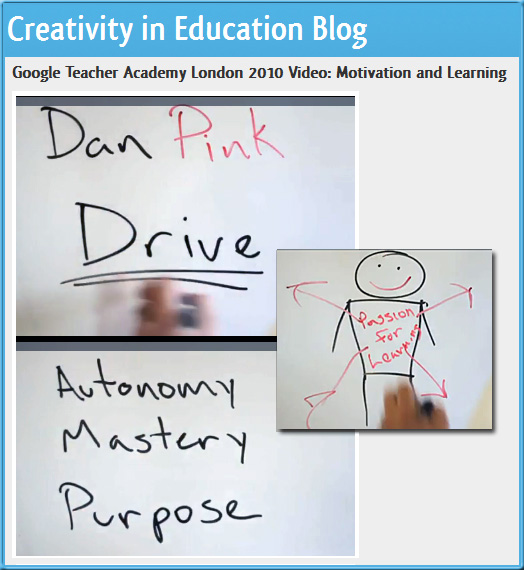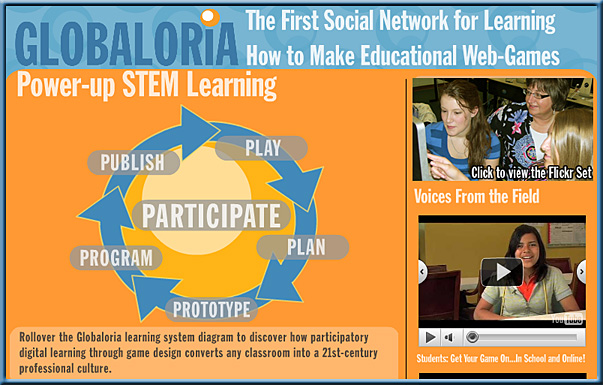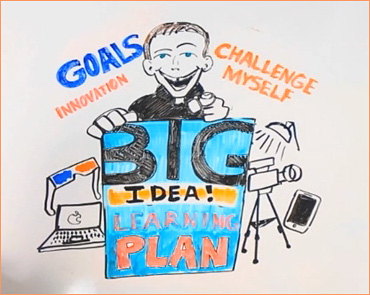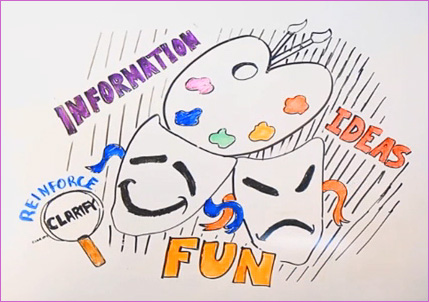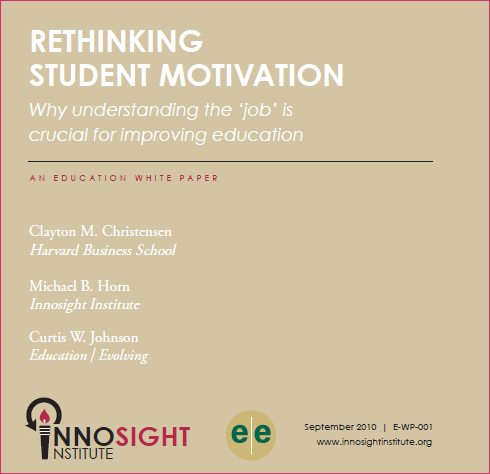How games engage the brain — from NspireD2 by Chris Clark

In a TED video released today, Tom Chatfield presents seven ways in which games engage the brain. Chatfield is a game theorist and author of the new book, Fun, Inc., about the gaming industry and how it is altering our society.
Chatfield’s seven talking points are
- Experience bars measuring progress
- Multiple long and short-term aims
- Rewards for effort
- Rapid, frequent, clear feedback
- An element of uncertainty
- Windows of enhanced engagement
- Other people
Of course, that list doesn’t mean much unless you watch the video.
Ask the Expert | James Paul Gee on video games and learning — from the NY Times Learning Network by Katherine Schulten
In this week’s New York Times Magazine article about video games in the classroom, Sara Corbett asks:
What if teachers gave up the vestiges of their educational past, threw away the worksheets, burned the canon and reconfigured the foundation upon which a century of learning has been built? What if we blurred the lines between academic subjects and reimagined the typical American classroom so that, at least in theory, it came to resemble a typical American living room or a child’s bedroom or even a child’s pocket, circa 2010 — if, in other words, the slipstream of broadband and always-on technology that fuels our world became the source and organizing principle of our children’s learning? What if, instead of seeing school the way we’ve known it, we saw it for what our children dreamed it might be: a big, delicious video game?
We’ve invited James Paul Gee, an expert on how video games fit within an overall theory of learning and literacy (and how they can help us in thinking about school reform), to take readers’ questions this week.
From DSC:
Be sure to check out the comments as well.
In Designing e-Learning Motivation Makes all the Difference — from Allen Interactions
What was deeply personal to one group was irrelevant and pointless to another.
This is exactly the problem we face so often as designers of e-learning. Our subject matter experts or project owners live and breathe the content we are to teach. And they expect that the same values that have given significance to the content for them over many years can be directly transferred to the learners. Unfortunately, that’s impossible. To get learners engaged in understanding new content and performing new skills, we as designers need to tie the content to some motivation existing in the learner, or to manufacture an urgency (using game design, networking, or simulation aspects) that the learners buy into. This is important in all learning, but particularly so in e-learning where learners are, for the most part, working entirely on their own.
So equal to the task of analyzing content and designing instruction is the challenge of understanding our learners and designing interactivity that will provide personal motivation.
…
Here are some ideas for designing for motivation:
- Ensure learners are aware of meaningful consequences
- Develop a sense of risk
- Ensure the learner benefits from adaptive content and branching
- Draw the learner in by expert storytelling and creation of suspense
- Appreciate the aesthetic appeal of graphics and media
- Engage in meta-thinking with questions whose importance is elevated through multiple-step tasks and delayed judgment









